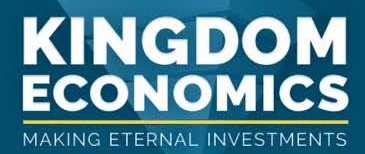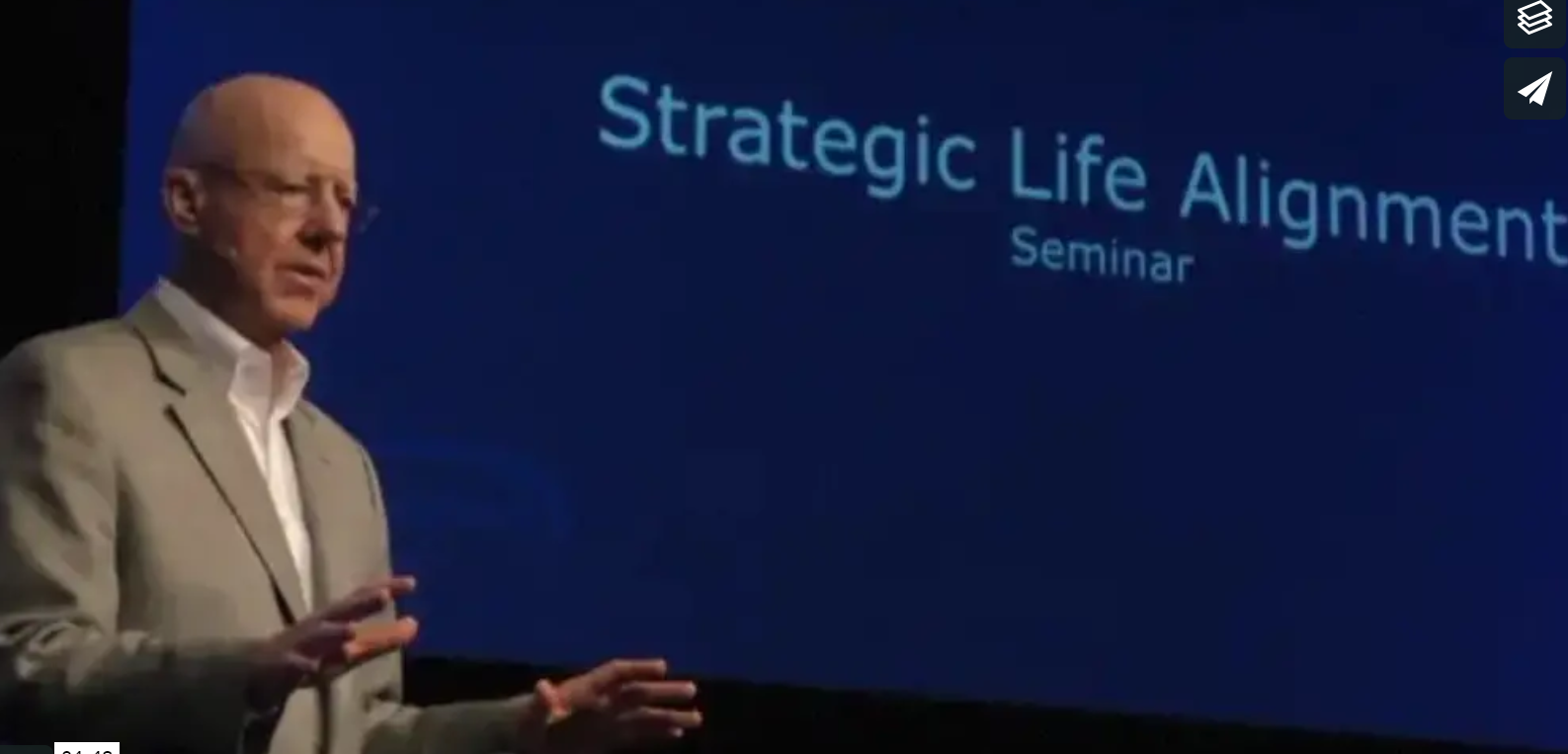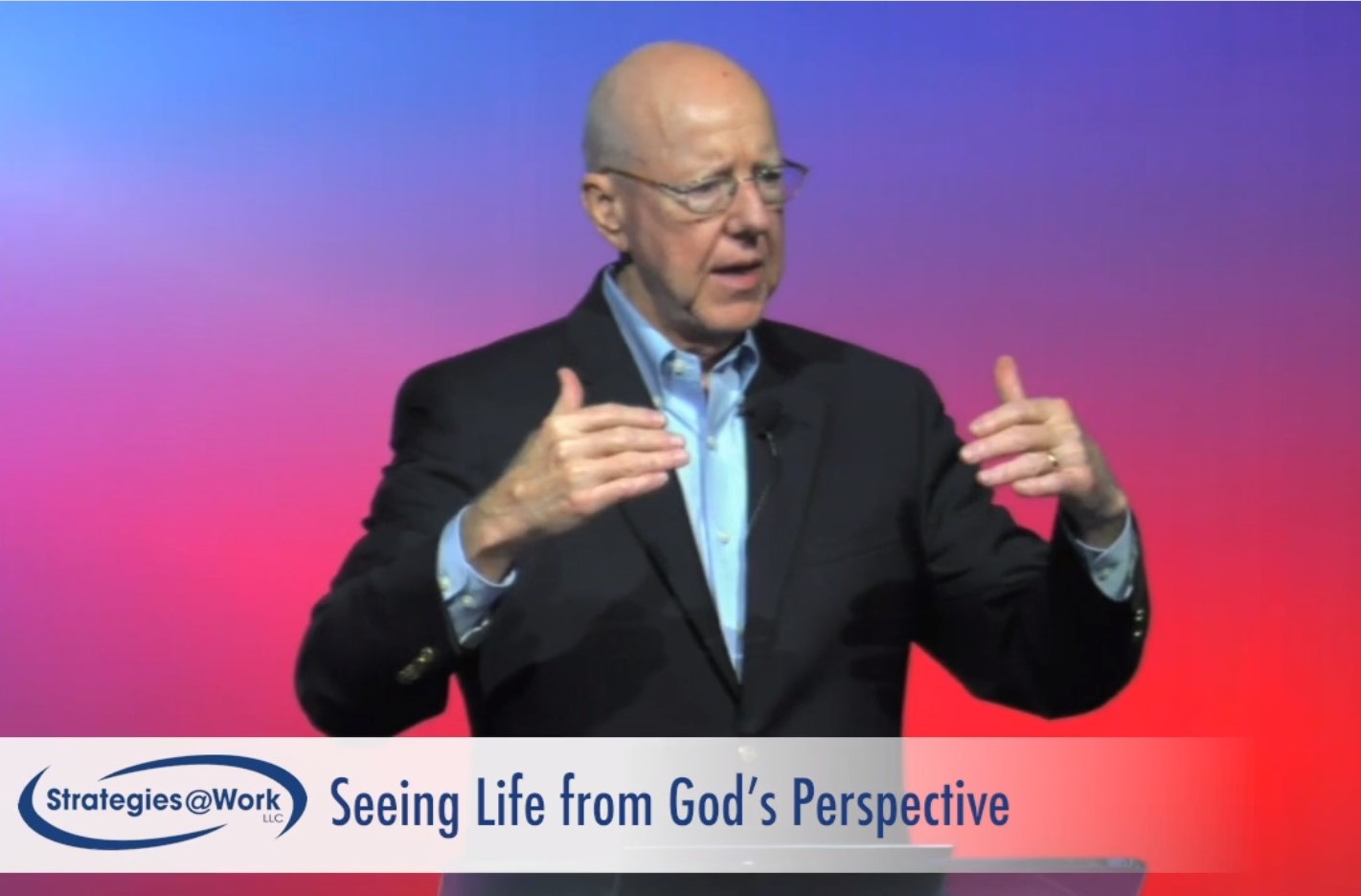 |
||||||
December 1, 2019 |
||||||
Gleanings |
||||||
For Such a Time as This |
||||||
by Gerald R. Chester, Ph.D. |
||||||
| The Drucker Institute ranked the best companies for 2019 based on five key principles from the redoubtable Peter Drucker.1 These principles are customer satisfaction, employee engagement and development, innovation, financial strength, and social responsibility. The latter measured, in part, big-picture, long-term thinking. The best organizations measured success, in part, based on their contribution to society.2 Perhaps one of the best contributions an organization can make to society is to help its stakeholders think beyond their personal stories to an overarching story of existence called the metanarrative and then challenge them to connect their stories to the big story. The biblical metanarrative provides this overarching story—the context and explanation for life. The stories of individuals, families, organizations, and societies fit into the metanarrative and provide a basis for interpreting life, making choices, and defining success. Seeking to live aligned with the metanarrative is challenging but provides meaning and purpose. An example of this is Queen Esther—an orphan slave who was sovereignly placed in a position to be used by God to save the Jewish people from annihilation. In the following verses, Esther’s cousin and guardian, Mordecai, helped her see her role in the metanarrative.
Esther was challenged to risk her life by seeking an uninvited audience with the king to request his assistance in sparing the lives of the Jewish people. She was convicted that her story fit into a bigger story—the metanarrative “for such a time as this.” To learn to think like Esther, one begins with humility, seeking to understand the metanarrative to discover one’s “for such a time as this.” To begin this journey, one must seek to understand the metanarrative. Here is a summary of some of the key ideas of the biblical metanarrative. Origin of Material Existence To understand anything, it is wise to start at the beginning. The physical world came into existence by divine decree. Those who deny this truth struggle with a plausible alternative explanation. During the past two centuries, the theory of evolution has been the lynchpin of alternative views. The theory of evolution, which is supposedly based on science, is increasingly challenged by science. In the words of one Yale University professor, “Scientists should get over Darwin and move on.”3 For this professor, the death knell of Darwinism is irreducible complexity and the fine-tuning of the universe. The biblical explanation for the existence of the material universe is the act of Creation by the sovereign volition of the Creator.4 Contrary to the theory of evolution, both irreducible complexity and fine-tuning are consistent with a created universe. Old Covenant Era: How Fallen Is Mankind?Given a created universe by a perfect Creator, what went wrong? Mankind rebelled against God. This sin impacted not only mankind but also all animate and inanimate objects. Physical death became normative for all animate objects and the inanimate world was subjected to the second law of thermodynamics.5 As a result, there was a need for the Creator to redeem his fallen creation. The metanarrative is the divine plan to redeem what was lost and restore God’s uncontested rule over his creation. To do this, mankind needed to learn the depth of his fallen condition. A major purpose of the Old Covenant era was to reveal the depth of human depravity through four major events—the Noahic flood, the Tower of Babel, the Abrahamic promise, and the Mosaic law. History up to the Noahic flood revealed that without written revelation and divine potency mankind would inevitably and increasingly degenerate into sin.6 The Tower of Babel was, in a sense, a divine reboot that revealed mankind’s proclivity to sin was unchanged after the Noahic flood. Mankind defaulted to self-glory. God’s response was to confuse the communication of all people groups.7 The third event was the Abrahamic promise: God’s unilateral promise to provide a solution for the fallen human condition. But mankind could not believe God would be faithful to his promise and sought to accomplish God’s will using human schemes. This produced Ishmael and his descendants—the ancient archenemy of God's people.8 Fourth, most of the recorded Old Covenant era was the story of the people of God living under the Mosaic law. Could mankind obey a divinely defined system of laws and, therefore, be acceptable with God? The answer was no. Israel failed miserably.9 These four events revealed the depth of human depravity and mankind’s impotency to self-redeem. This prepared the way for the only efficacious solution for the redemption of mankind: Jesus, mankind’s Savior, who provided the basis for the New Covenant.10 New Covenant Era: The Remedy for Mankind’s Fallen Condition Notwithstanding the Old Covenant revelation, the first-century advent of Jesus was a surprise to most because of the lack of understanding of total depravity—a major lesson from the Old Covenant era. This can be seen in the interaction between Jesus and Nicodemus, a religious leader who did not understand that regeneration was requisite to living “by faith.”11 To enjoy right standing with God, one had to be regenerated by the Holy Spirit and then divinely empowered by the Holy Spirit to be sanctified. Unaided human potency cannot remedy total depravity, but, with the advent of Jesus, a new era came. The New Covenant era, based on the vicarious atoning work of Jesus to satisfy the righteous requirements of God, provides divine potency to redeem and empower mankind. In this era obedience to God is not an attempt to gain acceptance with God but flows out of gratitude for being accepted by God based on Christ’s substitutionary work. In other words, salvation is not based on human works but on grace. The New Covenant era is also the time when Jesus is building his ekklesia through the Discipleship Mandate, the charge to baptize those whom the Holy Spirit has regenerated and to train them to obey the commands of Christ.12 Only disciples are empowered to obey the Creation Mandate and facilitate the return of God’s uncontested rule on earth. Currently, perhaps the greatest challenge among Christians is properly connecting the Creation Mandate and Discipleship Mandate. Understanding mankind’s role in the biblical metanarrative begins with understanding the Creation Mandate, namely, that mankind was created to be God’s ruling agents. The fall of man impaired mankind’s ability to rule well. The redemptive work of Jesus provided the basis for mankind’s redemption through regeneration and sanctification, which enables mankind to obey the Creation Mandate. The Creation Mandate is the first and greatest mandate. The Discipleship Mandate is a supporting mandate. Mankind is charged to rule but fallen mankind can never rule well, only redeemed mankind can rule well. As redeemed mankind rules well, the light of Jesus will be seen through mankind’s work that will be used by the Holy Spirit to draw men to glorify God.13 Being clear on the relationship between the Creation Mandate and the Discipleship Mandate is essential to viewing the metanarrative correctly. Human beings are God’s agents to extend his rule in his creation. To do so, humans must be divinely empowered. The Old Covenant era revealed the impotency of fallen mankind. The New Covenant era revealed the solution to human impotency—divine potency through Jesus. Esther modeled for us how to see our role in the metanarrative. She was willing to sacrifice her life for the greater good of God’s purpose. She recognized that she was created to put her life on the line “for such a time as this.” Perhaps the question for each of us to consider is, What am I willing to die for? May we have the grace to see our lives in the context of the metanarrative, the willingness to live for a transcendent purpose, and the faith to know that our lives are important to God and, therefore, our lives count. We are all created “for such a time as this.” Merry Christmas! |
||||||
| Quick links | ||||||
Teaching: Distinctives of Kingdom Economics—Context |
||||||
| Upcoming Training | ||||||
Online Courses (Winter/Spring 2020) |
||||||
Seminar: Strategic Life Alignment (Winter/Spring 2020) |
||||||
| Recent Trainings | ||||||
| Social Media | ||||||
| Gleanings | ||||||
| Other | ||||||
|
||||||








.png)